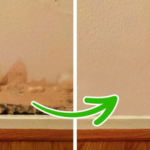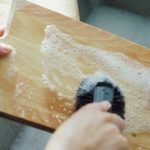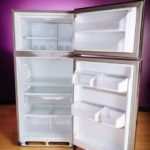Wooden chopping boards are a popular choice for kitchens, known for their elasticity and weight, making food preparation easy. However, they can be prone to warping, cracking, and absorbing food odors and water, which can lead to staining and mold over time. With these tips, you can keep your chopping board as good as new.
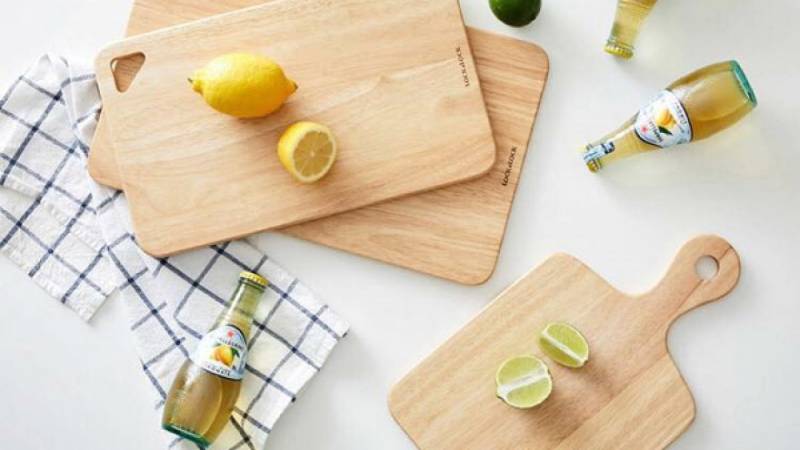
1 Right After Purchasing
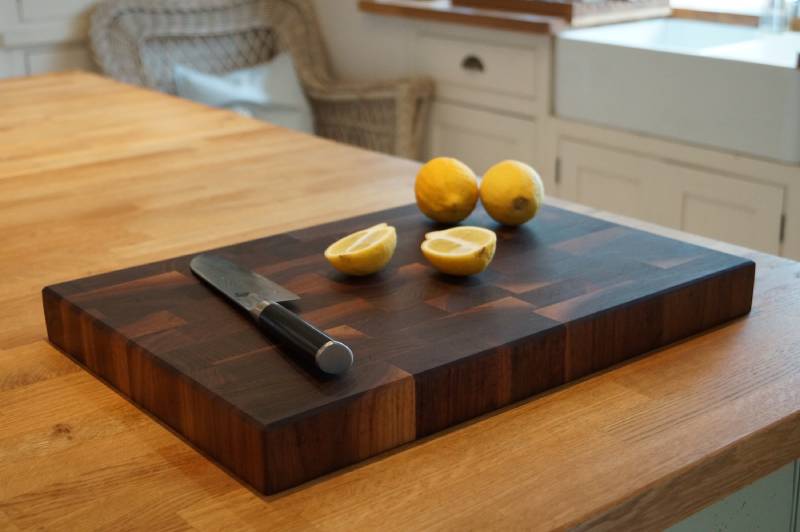
As soon as you get your new wooden chopping board, soak it in a brine solution of 200g salt per liter of water for about a day. This process cleans the wood and ensures the board has enough moisture, preventing excessive water absorption and reducing the risk of cracks. Afterward, let it air-dry completely.
2 Keep it Dry and Away from Direct Sunlight
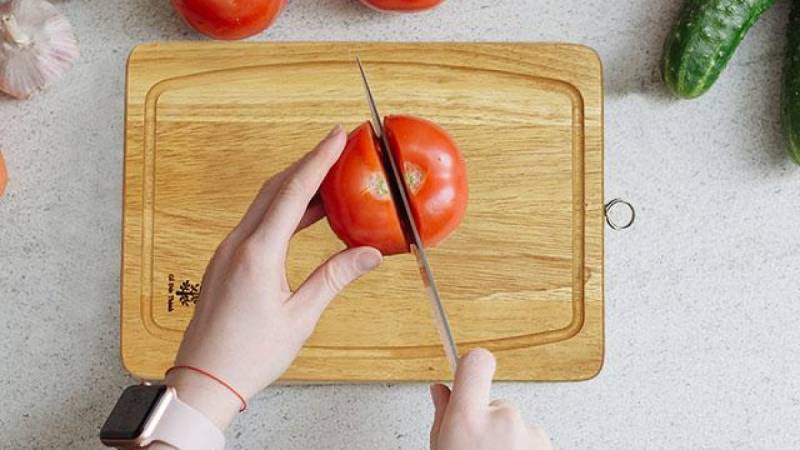
Wooden chopping boards are best stored in a dry, warm environment, away from direct sunlight. Sun exposure can cause cracking, and some boards are treated with chemicals (like PU or paint) to prevent this. We recommend using your board regularly to maintain its moisture content. If you don’t use your board often, wash it after each use, wrap it tightly in plastic wrap, and store it away from direct sunlight.
3 Disinfecting Your Wooden Chopping Board

Every few weeks, it’s essential to disinfect your wooden chopping board to keep it hygienic. Sprinkle some salt on the surface and rub half a lemon on it. This will clean the board and inhibit bacterial growth. Then, rinse and dry the board with a soft cloth. Alternatively, you can pour vinegar on both sides of the board and wipe it dry.
Instead of using chemical cleaners, opt for natural disinfectants like lemon, salt, white vinegar, or boiling water. Scrub the board with these natural agents and let it air-dry. This will prevent mold, unpleasant odors, and wood pulp.
4 Post-Use Care
To prevent your wooden chopping board from developing an odor or pulp, clean it with a mild dish soap or fresh lemon juice after each use. Then, dry it thoroughly and hang it in a well-ventilated area to prevent mold and mildew.
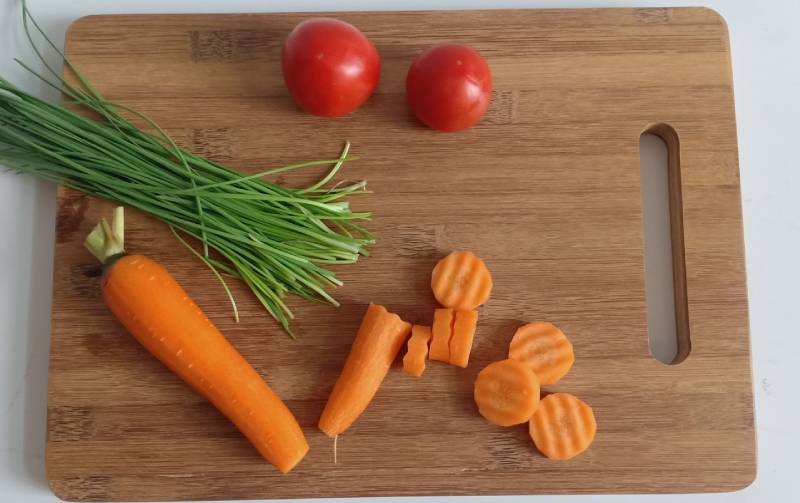
Avoid pressing down too hard with your knife, as this can create grooves that harbor bacteria and accelerate the wear and tear of your board. If your board becomes stained or discolored, soak it in vinegar or lemon juice for about two hours, then wash it with dish soap and rinse with boiling water to restore its freshness and extend its lifespan.
Before using your board for cutting cooked food, rinse it with boiling water. After food preparation, soak a clean cloth in a mixture of hot water and dish soap, and wipe down the board. Repeat this process until the board is clean, then rinse with fresh water and hang it to dry in a well-ventilated area.
With these tips, you can keep your kitchen in top shape. We hope you enjoy your chopping board for a long time to come!
Why Is the Refrigerator Smelling Bad and What Are the Consequences?
If you’re experiencing a strange smell coming from your refrigerator, it can be a sign that something may be off. Not only is it a nuisance, but it can also adversely impact the quality of your foods. Here’s an exploration of the various causes of this issue, as well as some strategies to get rid of the smell.
Tips on How to Preserve Your Wooden Cutting Board for Extended Use
Do you want to ensure your wooden chopping board stands the test of time? Ði?n máy XANH has the advice you need! Find out how to store your chopping board in the right conditions for optimal longevity.
Can You Install a Washing Machine in the Bathroom?
A hotly contested issue, the possibility of installing a washing machine in the bathroom has sparked much discussion about the potential risks and benefits. From concerns regarding water damage to the impact it could have on the longevity of the device, this is a debate with a multitude of angles to consider.

























